Visit Cuba
MONUMENTSLocated in the Caribbean Sea just over 150 km from Miami and about 200 from Mexico, it represents a very important historical testimony but also a very popular tourist destination thanks to a tropical climate that is mostly warm and unmissable natural beauties.
Plaza Vieja
The name of the square was originally Plaza Nueva (New Square). Emerged as an open space in 1559, Plaza Vieja (Old Square) was the place where death sentences, trials, bull fights were carried out and where various popular holidays were celebrated.
Since January 20, 2003, a bronze sculpture by the Cuban artist Roberto Fabelo has adorned a corner of the Plaza Vieja.
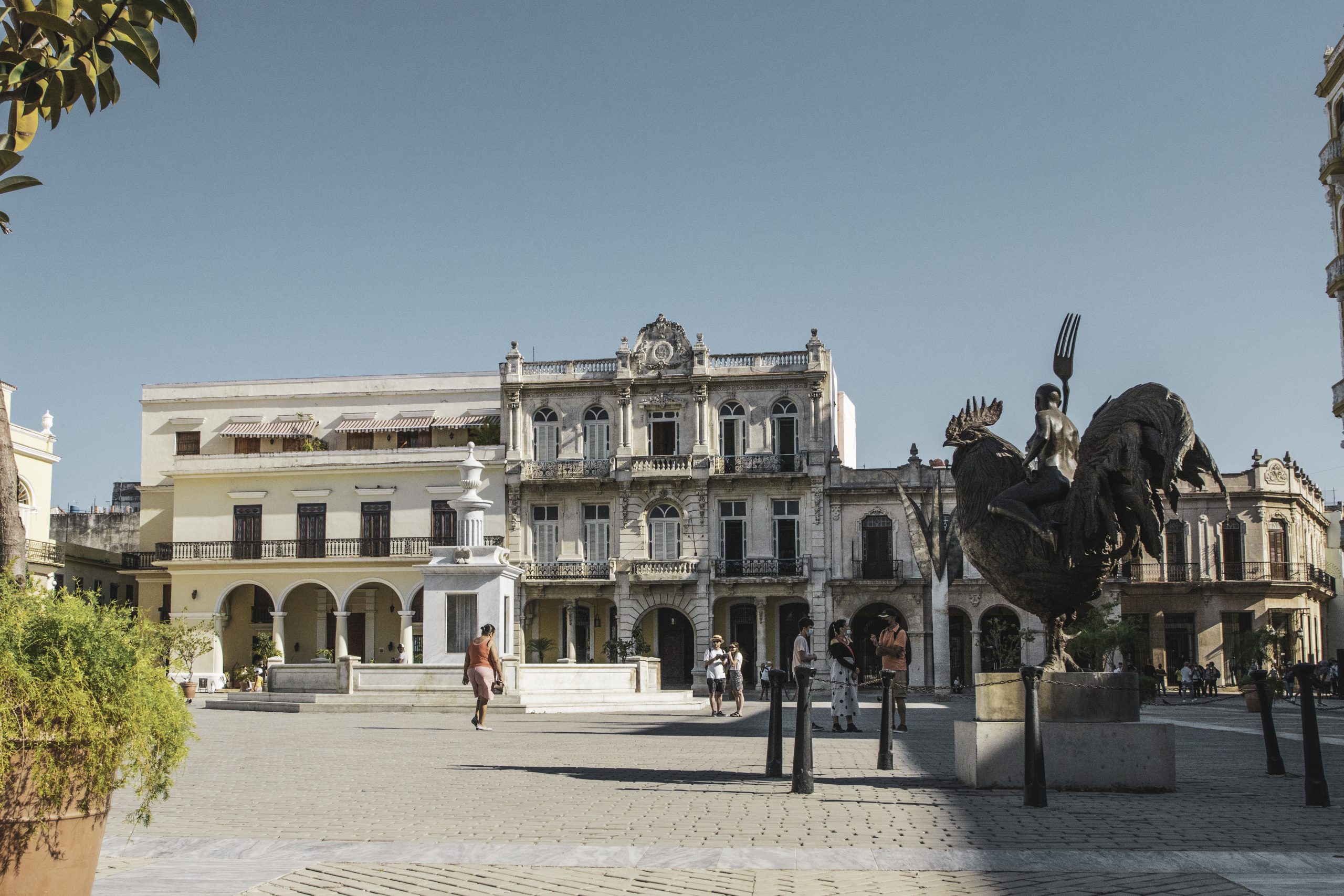

Plaza Vieja
The name of the square was originally Plaza Nueva (New Square). Emerged as an open space in 1559, Plaza Vieja (Old Square) was the place where death sentences, trials, bull fights were carried out and where various popular holidays were celebrated.
Since January 20, 2003, a bronze sculpture by the Cuban artist Roberto Fabelo has adorned a corner of the Plaza Vieja.
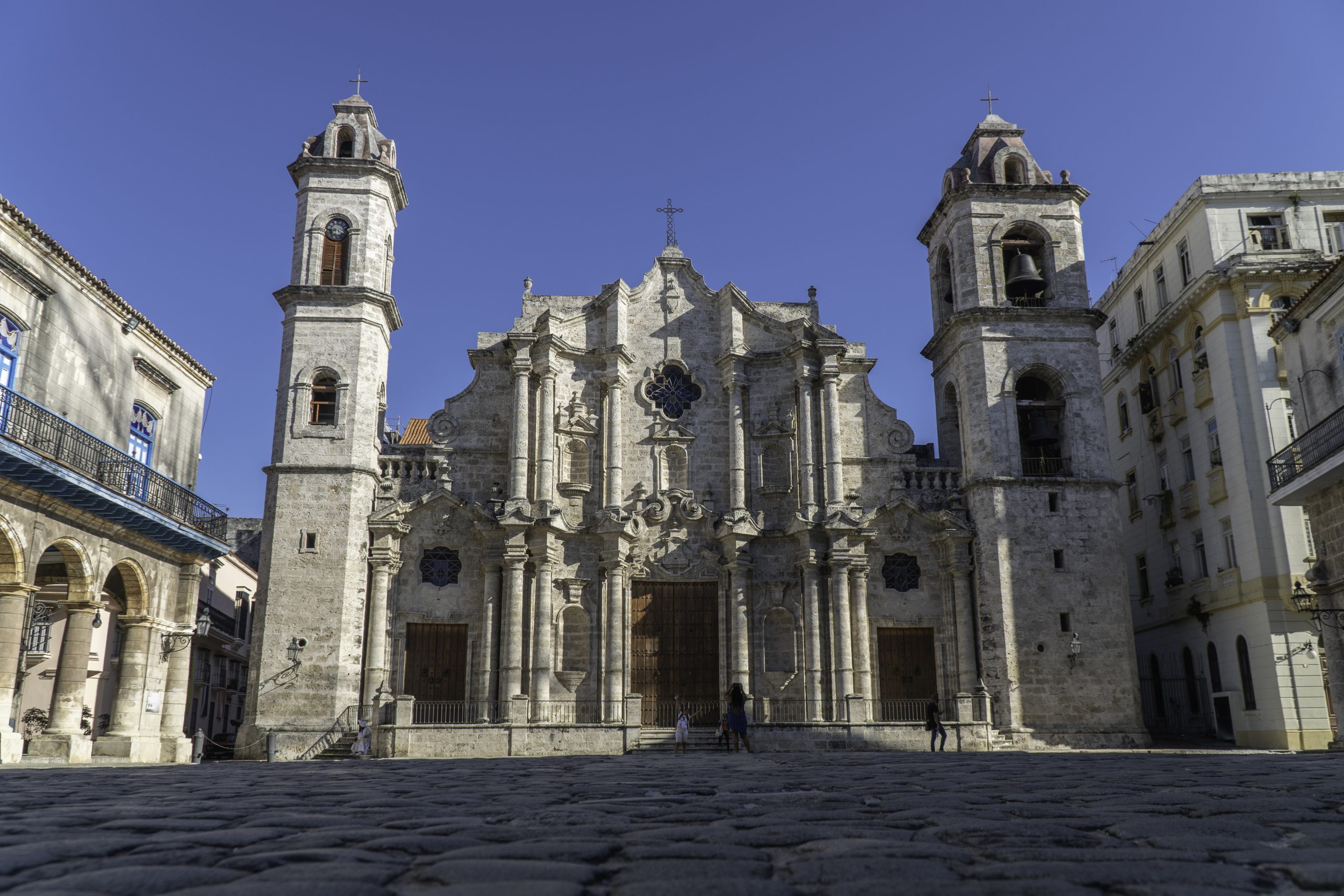
Plaza de la Catedral
The Plaza de la Catedral (Cathedral Square) is one of the five main squares in Old Havana. The square is home to the Cathedral of Havana, considered the highest expression of Caribbean Baroque.
Born as a swamp, the square was later reclaimed and used as a shipyard. Following the construction of the cathedral in 1727, the square became the site of some of the largest houses in the city.
The square houses the Museum of Colonial Art and numerous restaurants.
La Habana Vieja
La Habana Vieja (Old Havana) is the most touristic area of the city, the one to which the government has allocated many resources for an overall redevelopment of squares and buildings of historical interest.
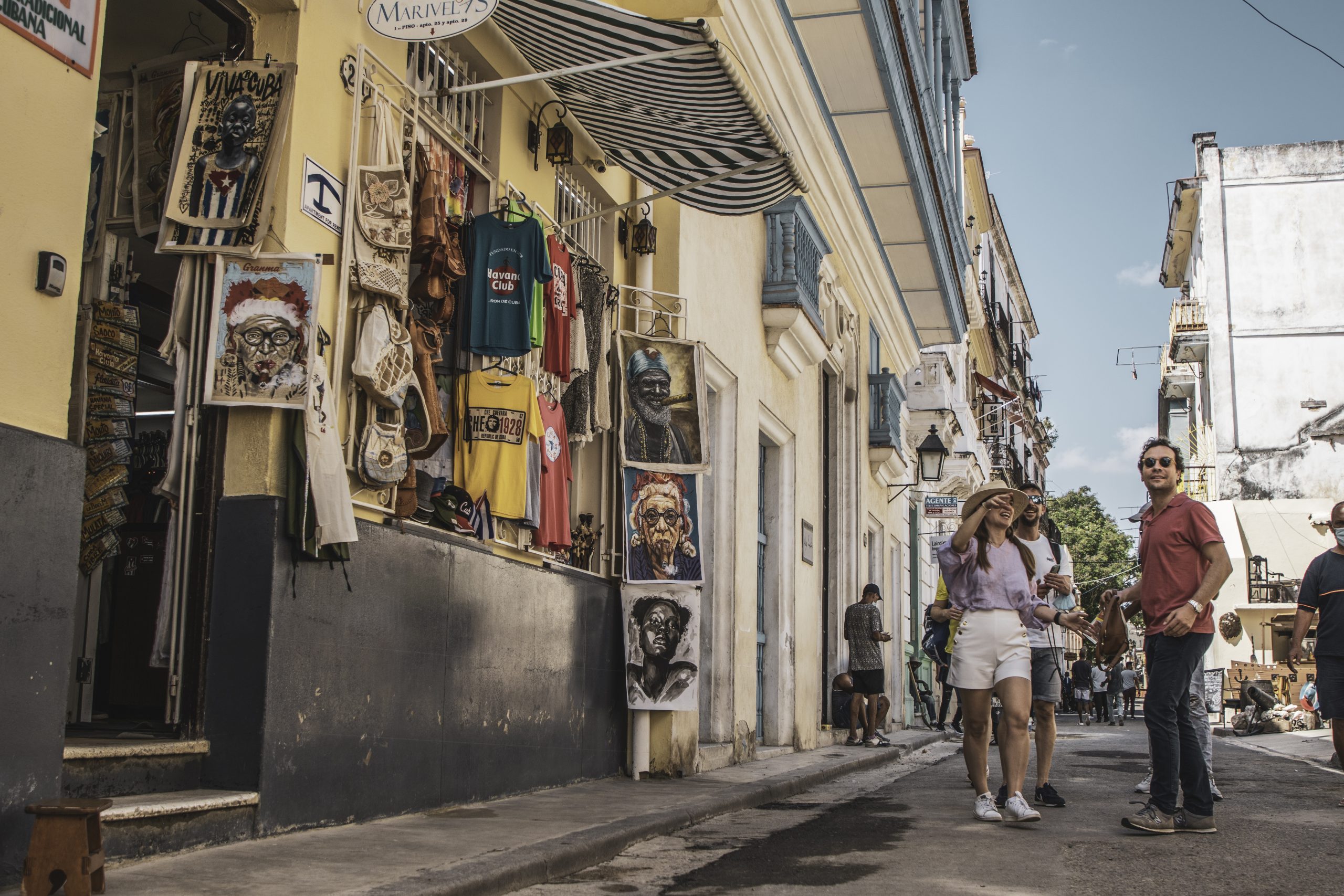

La Habana Vieja
La Habana Vieja (Old Havana) is the most touristic area of the city, the one to which the government has allocated many resources for an overall redevelopment of squares and buildings of historical interest.
Monumento a Máximo Gómez
The Monument to Máximo Gómez, is a sculptural complex located in front of the Malecón, dedicated to the general of independence of the island Máximo Gómez, who died in the city at the beginning of the twentieth century. The monument is the result of the work of the Italian artist Aldo Gamba.
The statue, represents Máximo Gómez on a pedestal, mounted on a horseback, dressed in a country uniform, with a sword attached to his belt and a hat in his right hand. Máximo Gómez seems to admire the horizon, looking towards the sea, with a heroic gaze.
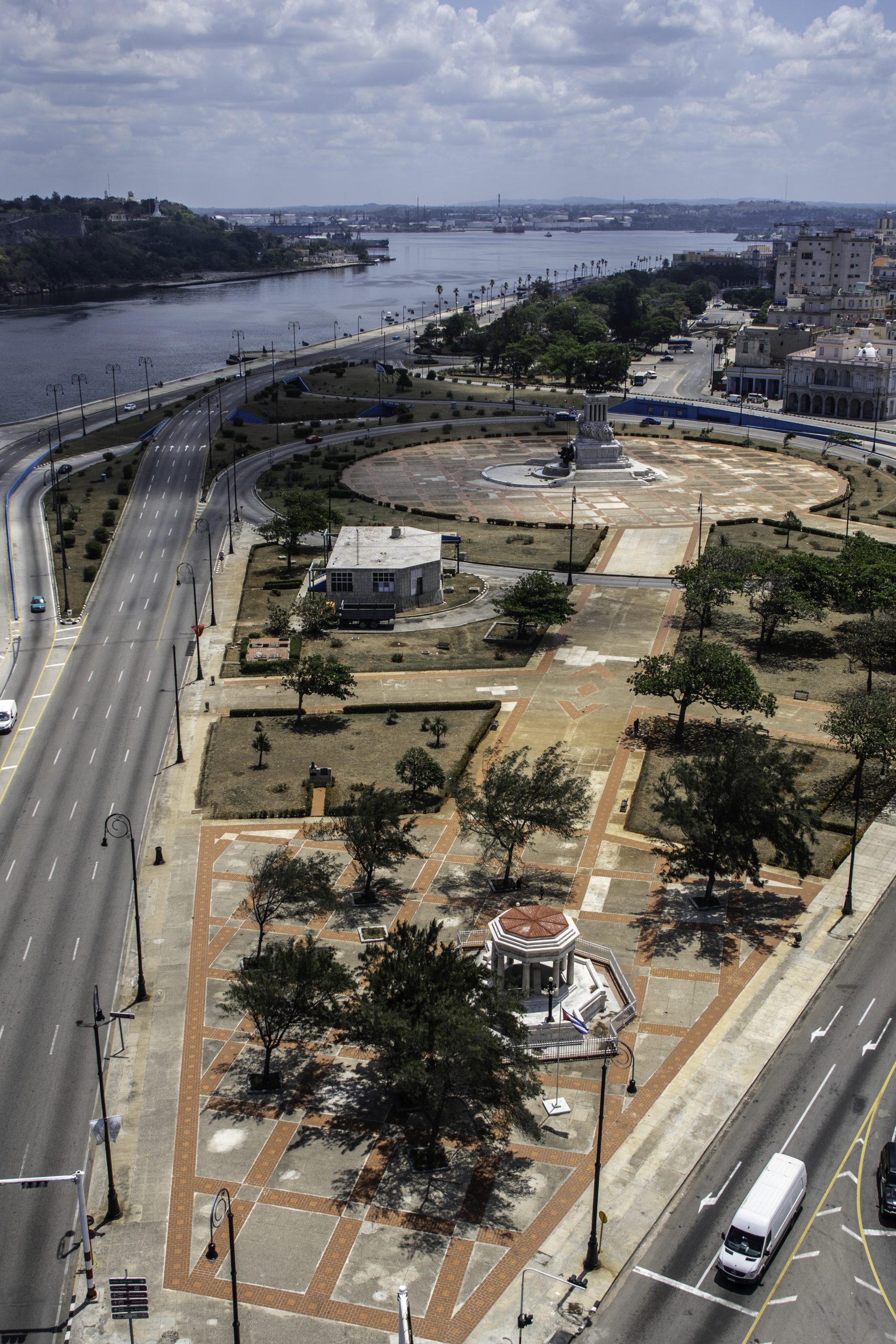
Monumento a los Estudiantes de Medicina
The Monumento a los Estudiantes de Medicina (Monument to the Eight Students of Medicine) is a is a sculptural complex in Greek inaugurated in 1890 in homage to the eight medical students shot in Havana in 1871 and at the insistence of Fermín Valdés Domínguez, who after execution of his comrades tried to prove their innocence.
The young people had been accused of having violated the grave of the Spanish journalist Gonzalo Castañón.

Monumento a Máximo Gómez
The Monument to Máximo Gómez, is a sculptural complex located in front of the Malecón, dedicated to the general of independence of the island Máximo Gómez, who died in the city at the beginning of the twentieth century. The monument is the result of the work of the Italian artist Aldo Gamba.
The statue, represents Máximo Gómez on a pedestal, mounted on a horseback, dressed in a country uniform, with a sword attached to his belt and a hat in his right hand. Máximo Gómez seems to admire the horizon, looking towards the sea, with a heroic gaze.
Monumento a los Estudiantes de Medicina
The Monumento a los Estudiantes de Medicina (Monument to the Eight Students of Medicine) is a is a sculptural complex in Greek inaugurated in 1890 in homage to the eight medical students shot in Havana in 1871 and at the insistence of Fermín Valdés Domínguez, who after execution of his comrades tried to prove their innocence.
The young people had been accused of having violated the grave of the Spanish journalist Gonzalo Castañón.
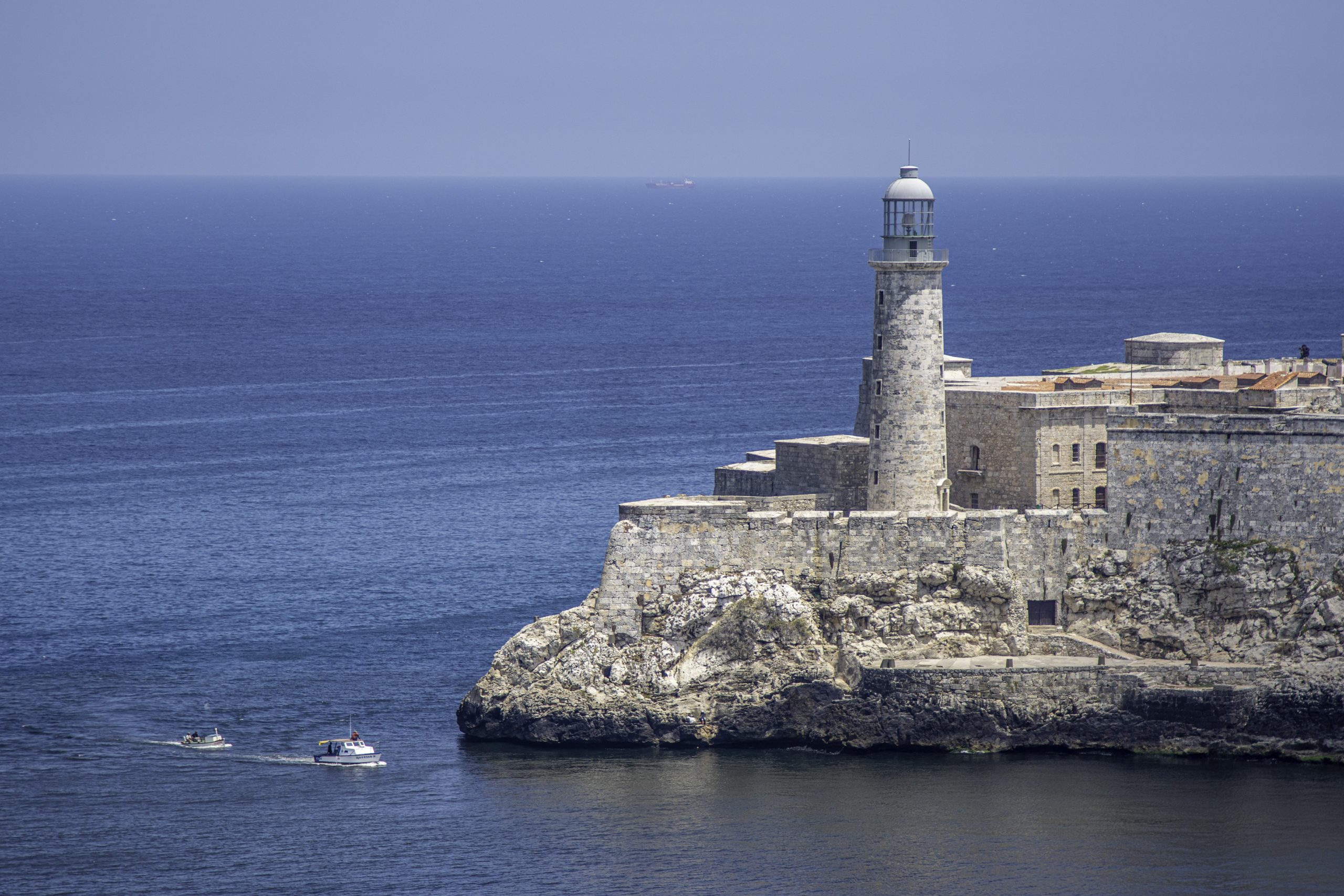
Castillo de los Tres Reyes del Moro
The Castillo de los Tres Reyes del Morro (Castle of the Three Kings of Morro) is a Spanish strategic fortress of the colonial period located at the entrance to the bay of Havana, designed by the Italian engineer Battista Antonelli in 1586 and rebuilt in 1763 after the damage caused by the continuous British incursions into Havana.
Malecón
The Malecón is a promenade that stretches for 8 km It was built in 1901 by the will of the American administration to create a barrier that protected Havana from the strong waves of the sea during the gusts of wind.
Along the avenue there are some important buildings such as the statue dedicated to General Máximo Gomez, characteristic rooms and old buildings that recall the cultural history of the country; also you can admire the Fortress of Morro, which is located beyond the bay.


Malecón
The Malecón is a promenade that stretches for 8 km It was built in 1901 by the will of the American administration to create a barrier that protected Havana from the strong waves of the sea during the gusts of wind.
Along the avenue there are some important buildings such as the statue dedicated to General Máximo Gomez, characteristic rooms and old buildings that recall the cultural history of the country; also you can admire the Fortress of Morro, which is located beyond the bay.
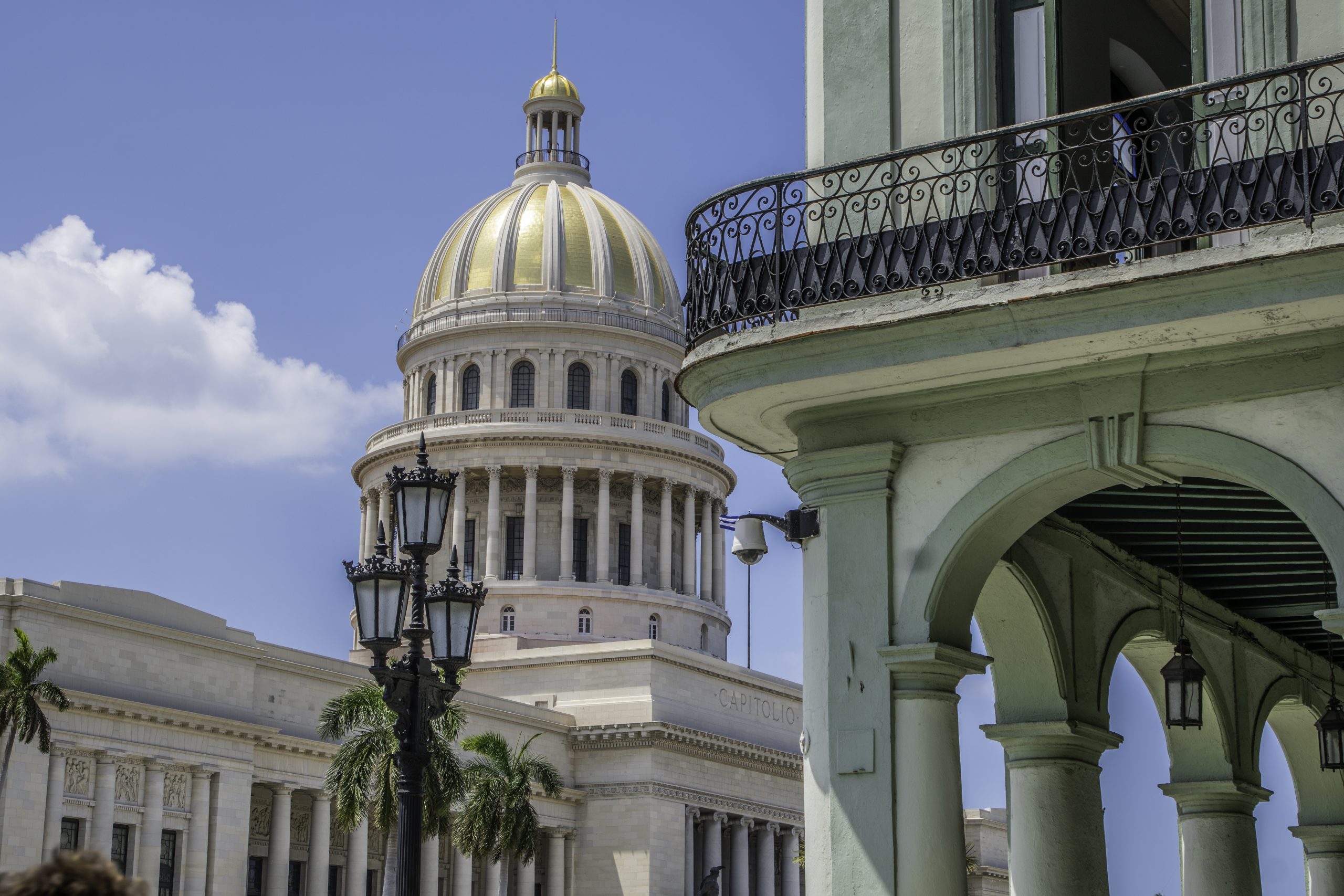
Capitolio Nacional de Cuba
The Capitolio Nacional de Cuba (National Capitol of Cuba) is one of the most emblematic buildings in the city of Havana. The construction works were started by Gerardo Machado in 1926, with North American support.
In ancient times it was used as the seat of the Cuban Congress, but since 1959 it has housed the Cuban Academy of Sciences and the National Library of Science and Technology.
Plaza Hotel
The Plaza Hotel is a four-story historic hotel located in the Old Havana part; it was founded by Captain Walter Fletcher Smith and was built from an existing colonial building. It was designed by Ricardo Galbis Abella and built by the New York firm of Purdy and Henderson Engineers.
The hotel was opened in 1906 and was inaugurated in 1909; it was then renovated in 1919 with a roof garden which included a ballroom and a restaurant.
During the 1980s the hotel was restored and reopened in 1991 and became part of the Gran Caribe hotel group.
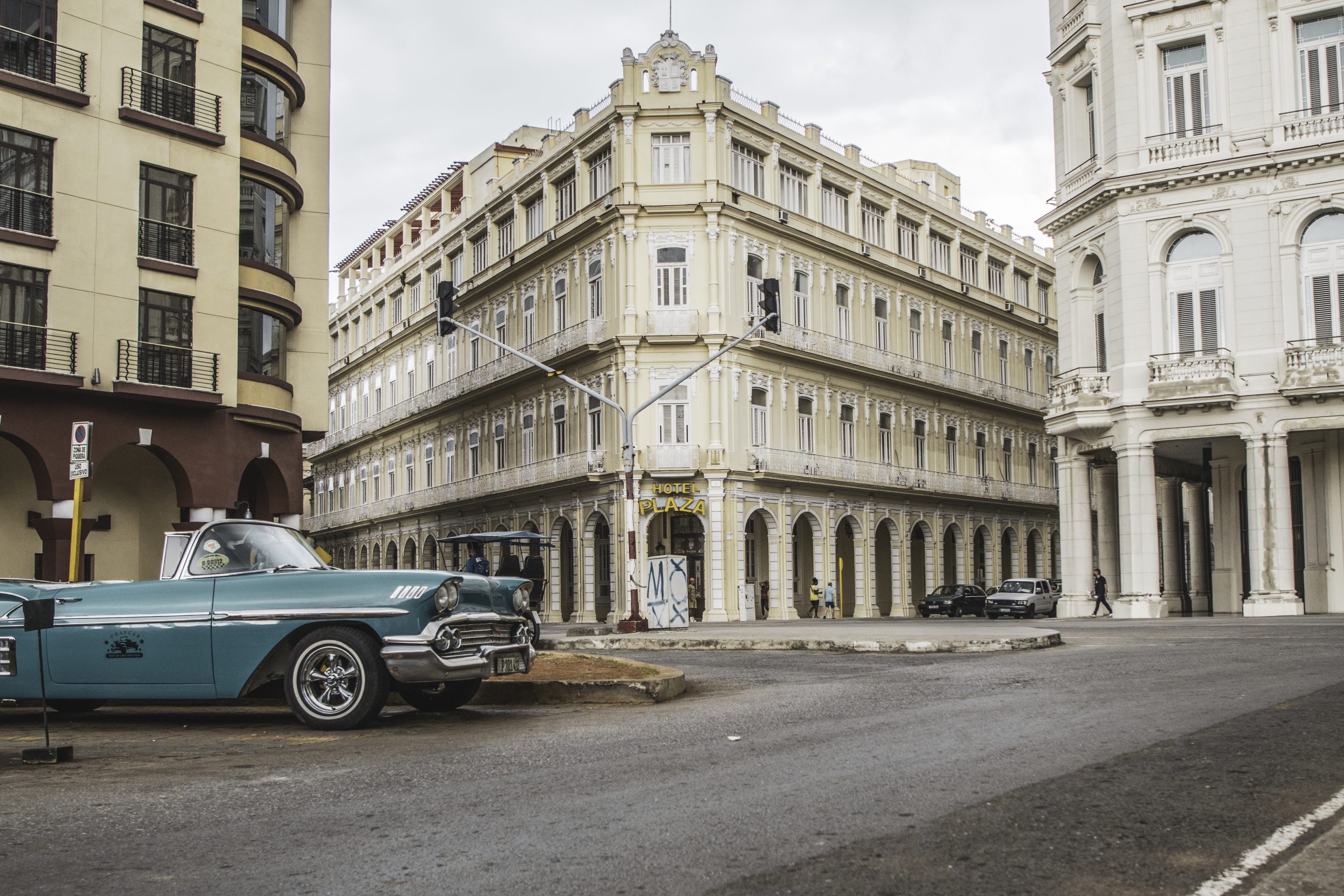

Plaza Hotel
The Plaza Hotel is a four-story historic hotel located in the Old Havana part; it was founded by Captain Walter Fletcher Smith and was built from an existing colonial building. It was designed by Ricardo Galbis Abella and built by the New York firm of Purdy and Henderson Engineers.
The hotel was opened in 1906 and was inaugurated in 1909; it was then renovated in 1919 with a roof garden which included a ballroom and a restaurant.
During the 1980s the hotel was restored and reopened in 1991 and became part of the Gran Caribe hotel group.
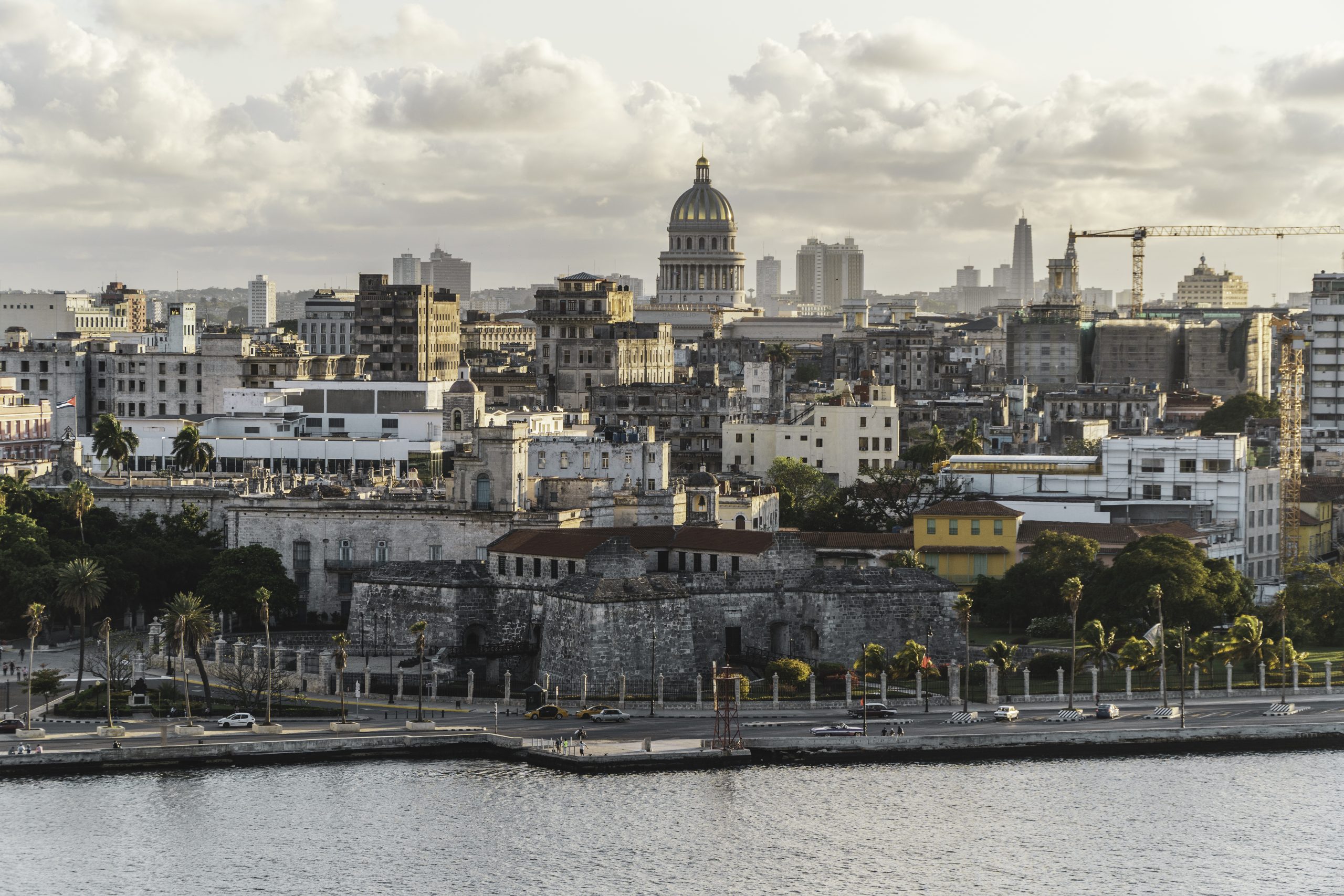
Castillo de San Salvador de la Punta
The Castillo de San Salvador de la Punta (Castle of San Salvador della Punta) rises above the Puerto de Havana and is part of the defensive system consisting of four fortresses that defend the Port. It was designed by the Italian military engineer Giovanni Bautista Antonelli and built between 1589 and 1600.
During the colonial era, a 250-meter chain was pulled every night, which reached the Castle of the Three Kings of Morro, to close the mouth of the port to ships.
The Castle of San Salvador de la Punta currently houses the Museo del Castillo, which displays various objects from the sunken Spanish fleets, as well as a collection of boat reconstructions and information on how the slave trade worked.
